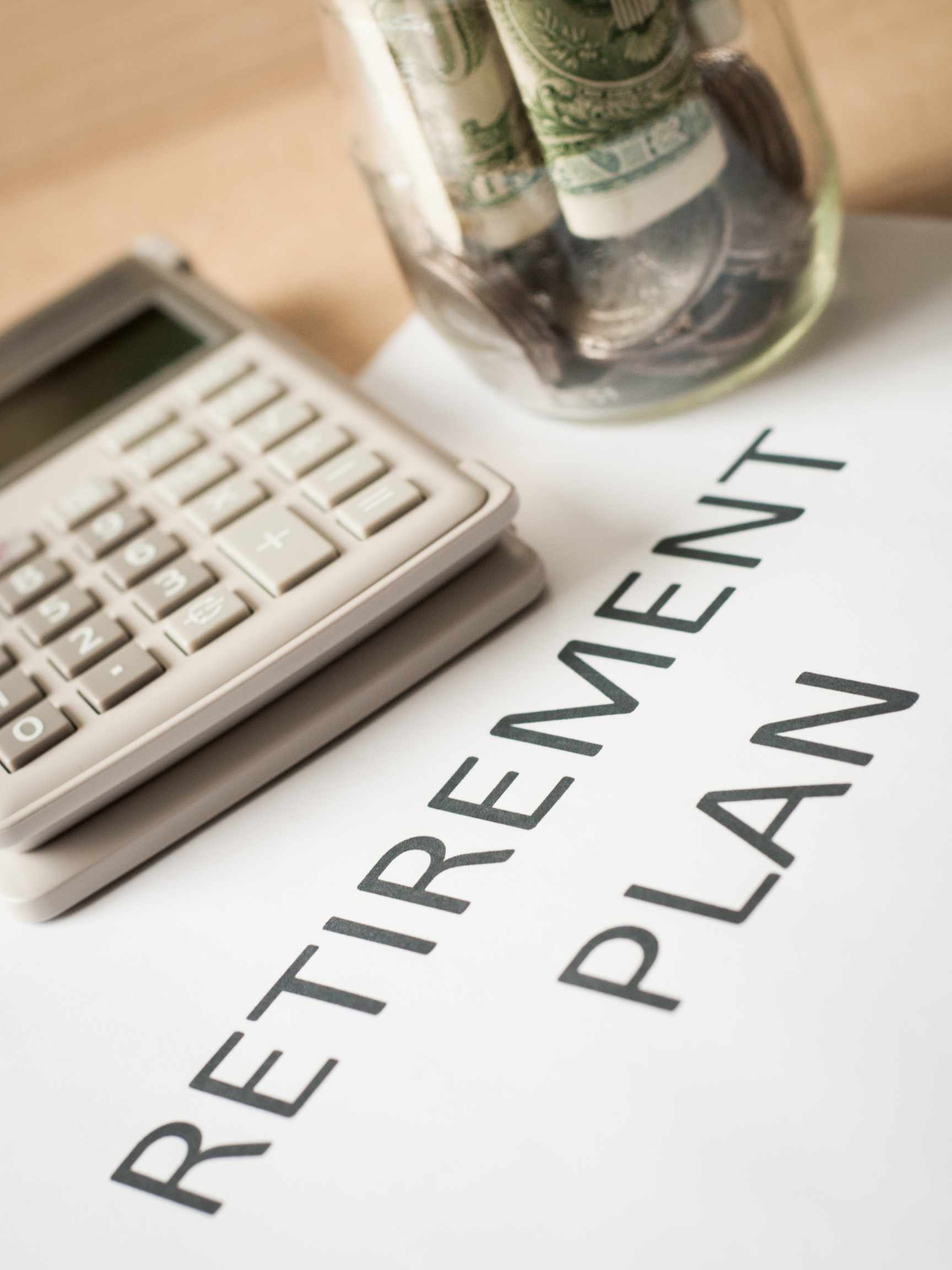
Retirement is an important stage of life that many people eagerly look forward to. It’s a time when you can relax, pursue hobbies, and spend quality time with loved ones. However, enjoying a comfortable retirement requires careful planning and foresight. This is where a retirement planning checklist comes in handy. By following a series of steps, you can ensure that you are on track to achieve your retirement goals. In this article, we will discuss the benefits of using a retirement planning checklist and guide you through the essential steps to take.
One of the key benefits of a retirement planning checklist is that it provides clarity and organization. Retirement planning involves considering various aspects, such as financial goals, healthcare needs, and lifestyle choices. With a checklist, you can break down the entire process into actionable steps, making it easier to manage and track your progress. It ensures that you don’t overlook any crucial elements and allows you to address them systematically.
Retirement planning is closely tied to your financial situation. A retirement planning checklist prompts you to conduct a comprehensive financial assessment, including evaluating your income, expenses, savings, investments, and debts. This assessment helps you understand your current financial standing and identify areas that need improvement. It also allows you to make informed decisions regarding your retirement savings and investments.
Many individuals have vague ideas about their retirement goals but struggle to define them clearly. A retirement planning checklist helps you articulate your retirement aspirations and quantifies them as specific goals. For example, you may want to retire at a certain age, travel extensively, or maintain a particular standard of living. By setting tangible goals, you can work towards achieving them with greater focus and determination.
Retirement planning involves assessing and mitigating potential risks that could affect your financial stability. This may include unexpected medical expenses, inflation, or market fluctuations. A retirement planning checklist prompts you to consider these risks and develop strategies to protect your retirement savings. It may involve diversifying your investments, purchasing insurance coverage, or creating an emergency fund. By identifying and addressing risks proactively, you can safeguard your financial future.
Now that we understand the benefits of a retirement planning checklist, let’s delve into the essential steps you should take to secure your retirement:
Begin by defining your retirement goals. Determine the age at which you wish to retire, the lifestyle you desire, and any specific milestones you want to achieve during retirement. These goals will serve as a guidepost as you navigate the planning process.
Take a close look at your current financial situation. Evaluate your income, assets, liabilities, and monthly expenses. This assessment will help you understand how much you need to save and invest to meet your retirement goals.